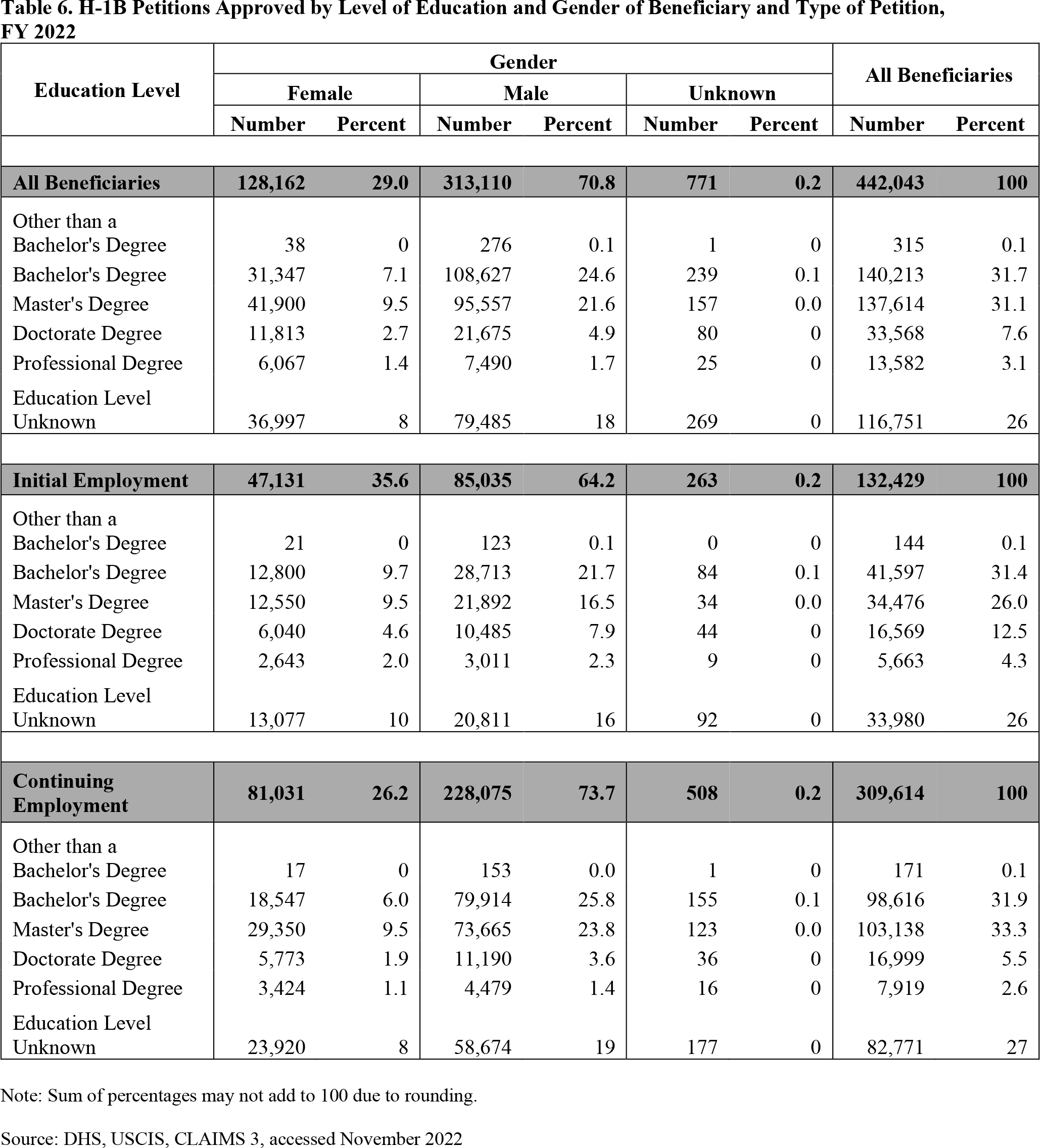An Under-Resourced Obama-Era Refugee and Parole Program Could Be A Safe and Legal Pathway Too
When President Biden announced a new parole program for certain Cubans, Haitians, and Nicaraguans, and the expansion of a Venezuelan program last month, he described the process as “orderly, safe, and humane.” For us, it felt like Groundhog Day. In 2014, then-President Obama touted the Central American Minors Refugee and Parole Program (CAM) as a “safe, legal and orderly alternative” to the land journey to the border of Central American kids seeking to join their families in the United States. Obama, like Biden, asked frightened children to stay put, often in incredibly dangerous situations, holding out the prospect of eventually flying to safety in the U.S. if they did things the “right way.” But thousands of children who applied to CAM are still waiting for the White House to live up to its promises.
Families Waiting For Biden
Back in June 2015, Jorge* [names changed to protect family’s safety] applied to CAM for his daughter Mariana* to reunite with him in the United States. CAM allows U.S.-based parents and guardians with certain legal statuses to sponsor their children and some family members in El Salvador, Guatemala, and Honduras to join them in the United States. The family was in the middle of application processing when the Trump Administration shut down CAM and closed their case. Thereafter, Mariana was threatened by a gang member in El Salvador and had to flee her home. The family’s CAM case was reopened in 2021 under Biden, but two years later–and seven years after the case began–Jorge and Mariana are still waiting to learn if she will be approved.
The vast majority of the thousands of cases like Jorge and Mariana’s–filed years ago, prematurely closed under the Trump Administration, and then reopened by the Biden Administration–remain pending to this day with children still in danger. And even though the Biden Administration expanded the number of families who can theoretically benefit from CAM, there is no public data to confirm that any families have been reunited.
Why has the promise of CAM failed? The government limited access and failed to invest the necessary resources. CAM applications cannot be filed by parents directly, but instead must be filed by certain organizations, the vast majority of which receive no funding for this work, resulting in long waitlists to even start the process. When a family manages to apply, they face avoidable bottlenecks at each step, including during DNA testing, interviews, security vetting, and medical checks. It is unrealistic to expect children in danger to rely on a program unless they see results.
And while CAM was correctly designed as a refugee and parole program (refugees have a path to U.S. citizenship), the government has too narrowly interpreted whether CAM children qualify as refugees. That means most successful applicants enter the U.S. on parole–temporary status that expires after a few years, and then the children have to file new applications and the government has to spend more resources adjudicating them. Last year, IRAP published recommendations to make CAM a viable pathway, but the Administration has yet to make real progress.
Where There’s A Will…
A humanitarian pathway is only as good as its design and implementation. The Uniting for Ukraine program–designed to be accessible and speedy–has enabled over 106,000 Ukrainians to reach safety in its first six months. Meanwhile, CAM has reunited fewer than 6,000 families in more than eight years–even as hundreds of thousands of Central Americans each year make the land journey to the southern border.
Frankly, the Administration’s new program for Cubans, Haitians, Nicaraguans, and Venezuelans isn’t designed for long-term success either. It addresses only a tiny fraction of the people seeking humanitarian assistance, and privileges people with resources, leaving out the most vulnerable fleeing persecution. Just as with CAM parole, successful applicants will have only temporary protection, leading to more applications, delays, and resource expenditures.
Lastly, Biden’s new parole process does not replace the need for a functioning asylum system, which provides a path to U.S. citizenship for those approved. But, Biden is using the new program as an excuse to expand and re-introduce Trump policies that severely limit asylum, in violation of well-established U.S. law and international norms. For example, by imposing unreasonable unrealistic (not to mention illegal) hurdles on accessing asylum with its recent asylum transit ban regulation.
If the Administration really wants to encourage families in danger to not travel to the southern border, the answer is not to withhold their legal right to apply for asylum, but to take the steps and devote the resources, including pressing Congress to act, necessary to make humanitarian pathways a meaningful and lasting alternative.






